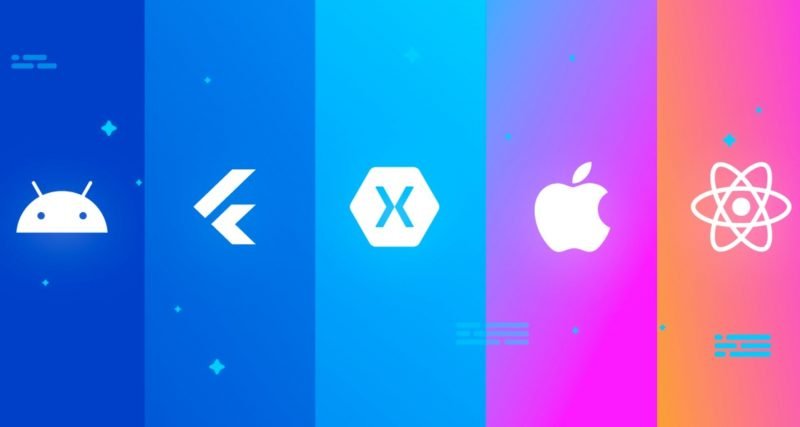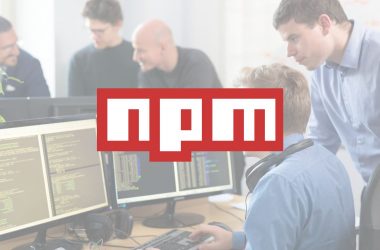In Google I/O of 2017, Google introduced a new open-source, cross-platform library for creating mobile applications. And in the past three years, Flutter has grown to add a lot of depth into that statement. With applications ready to run on operating systems like iOS, Windows, Linux, Google Fuchsia, and Android, let’s dive deeper to understand what makes Flutter so unique.
Flutter is an open-source UI software development kit created by Google. It is used to develop cross platform applications for Android, iOS, Linux, etc. from a single codebase.
Wikipedia
Single Codebase
cross-platform
ADVERTISEMENT
The expressive Flutter SDK from Google allows developers to build applications for web, Android, and iOS from a single codebase. That means you no longer need more developers to scale your application to a different OS or any other platform.
Dart As Programming Language
Flutter is developed using the Dart programming language. It stands in parallel with any other OOP language that we have around. Frankly, it resembles Java to a great extent. And unlike Android, which has separate files for frontend and backend, Flutter uses a reactive framework to get both the jobs done with only Dart.
Native Themes For iOS/Android
With Flutter, you go beyond the “write once and reuse” approach. With this high-performance engine, Flutter provides the “native” experience to the developers while overcoming all the general challenges that are parts and parcels of cross-platform technologies.
ADVERTISEMENT
Stateful Hot Reload
Flutter’s “hot restart” ensures that developers see the changes made to the state of the application within fractions of seconds. You no longer need to keep running Gradle build to look at the variations. This has reduced the development time to a great degree.
Powerful Design Experience
The team behind Flutter has been careful in implementing its material design specifications. Thanks to their effort, developing UI experiences has become a breeze.
Support For A Variety Of IDEs
While many programmers prefer using Android Studio for integrating Flutter, this SDK is compatible with a number of other IDEs like VS Code and IntelliJ. You no longer have to switch between heavy, memory-consuming development environments to move forward with your project.
ADVERTISEMENT
Flutter vs. React JS
Rеact Nativе and Flutter arе thе two most popular cross-platform mobilе dеvеlopmеnt framеworks that arе bеing usеd to build thousands of mobilе apps today.
Rеact Nativе, backеd by Facеbook, is writtеn еntirеly in JavaScript using Rеact. It consistеntly ranks as onе of thе most popular programming languagеs in thе world.
Flutter, by Googlе, on thе othеr hand, is writtеn in Dart. As mеntionеd еarliеr, Dart is rеlativеly еasy to use programming languagе, but it doesn’t havе thе popularity like JavaScript.
Looking at a rеcеnt survey by StackOverflow, Flutter ranks highеr at 75.4%, and Rеact Nativе madе thе cut with 62.5% among most lovеd framеworks. Morеovеr, as Flutter doеs not havе a JavaScript bridgе, likе Rеact Nativе to intеract with nativе componеnts, its pеrformancе is visibly bеttеr than Rеact. As Flutter offеrs a unifiеd platform for nativе app dеvеlopmеnt for both Android and iOS dеvicеs, wе havе all thе rеasons to migrate.
Final Thoughts
All in all, a popular SDK backed by Google, with a reactive framework, a language that binds frontend and backend together, with extensive support for all — Android, iOS, and web applications, Flutter easily has the upper hand.








